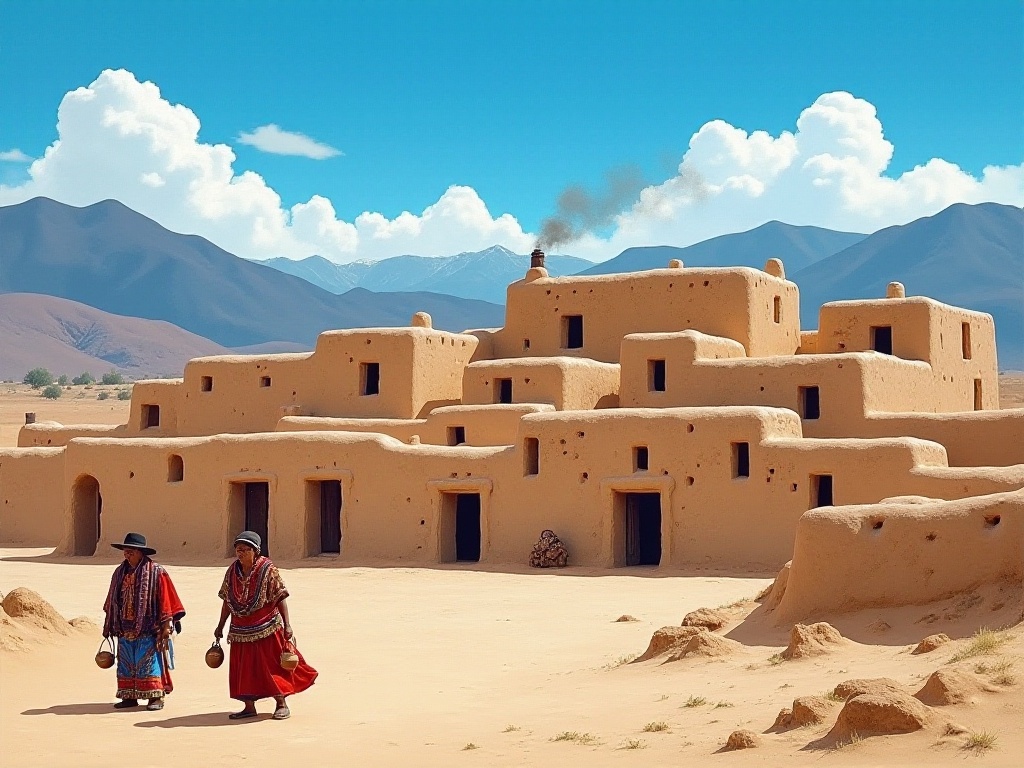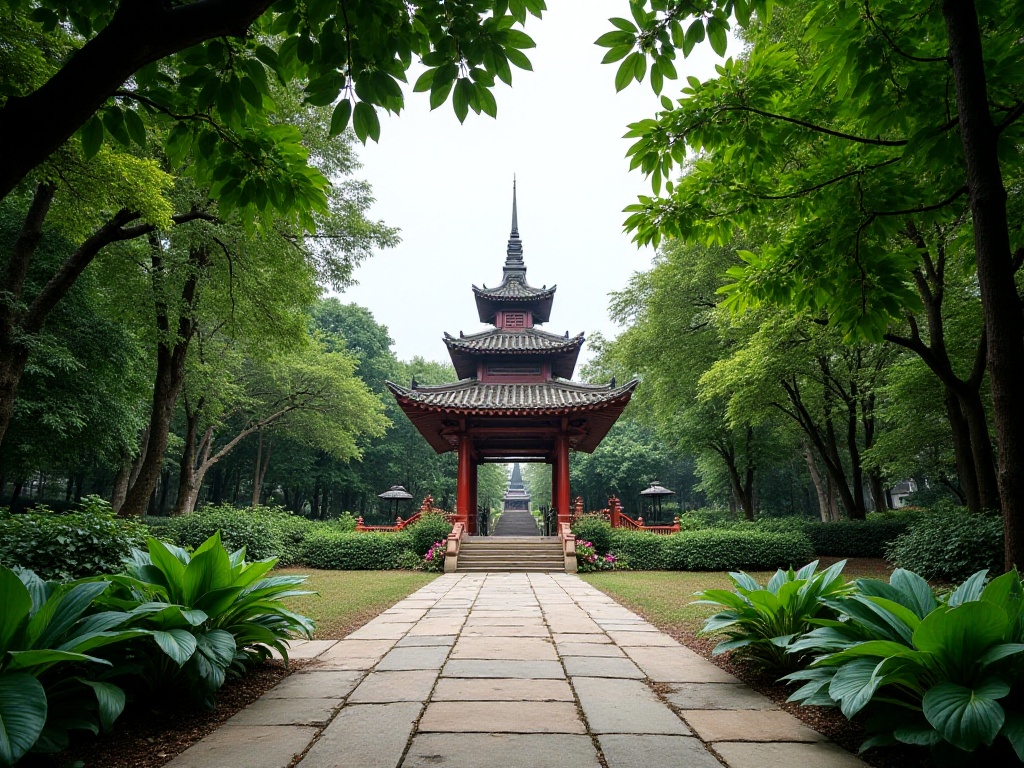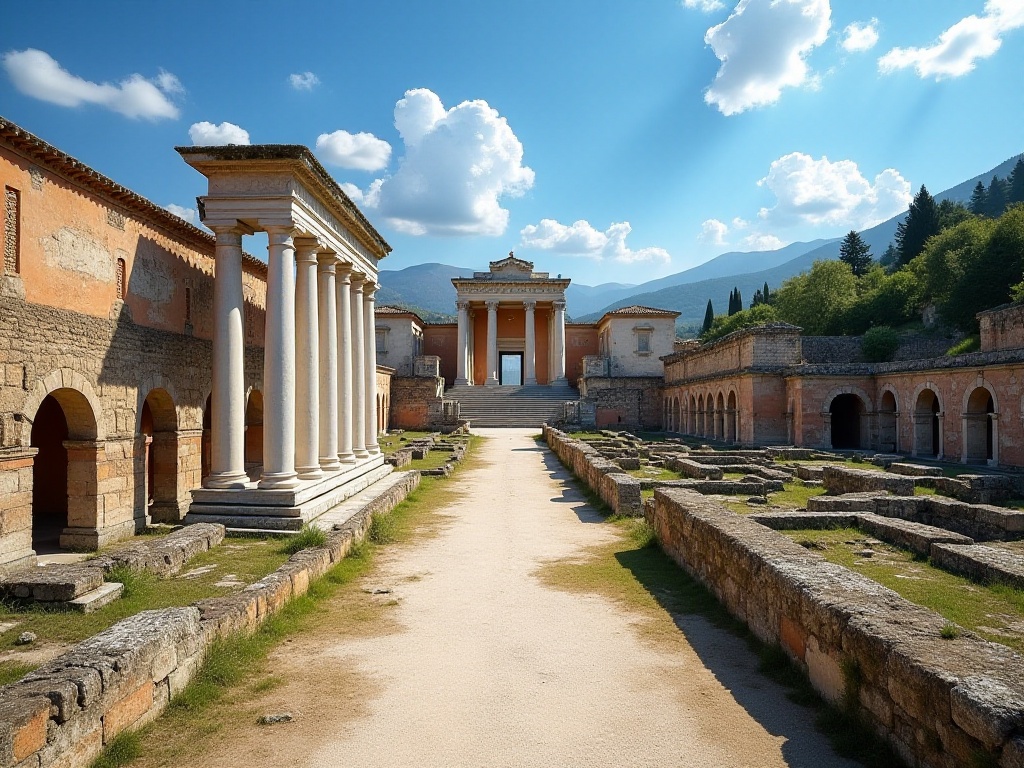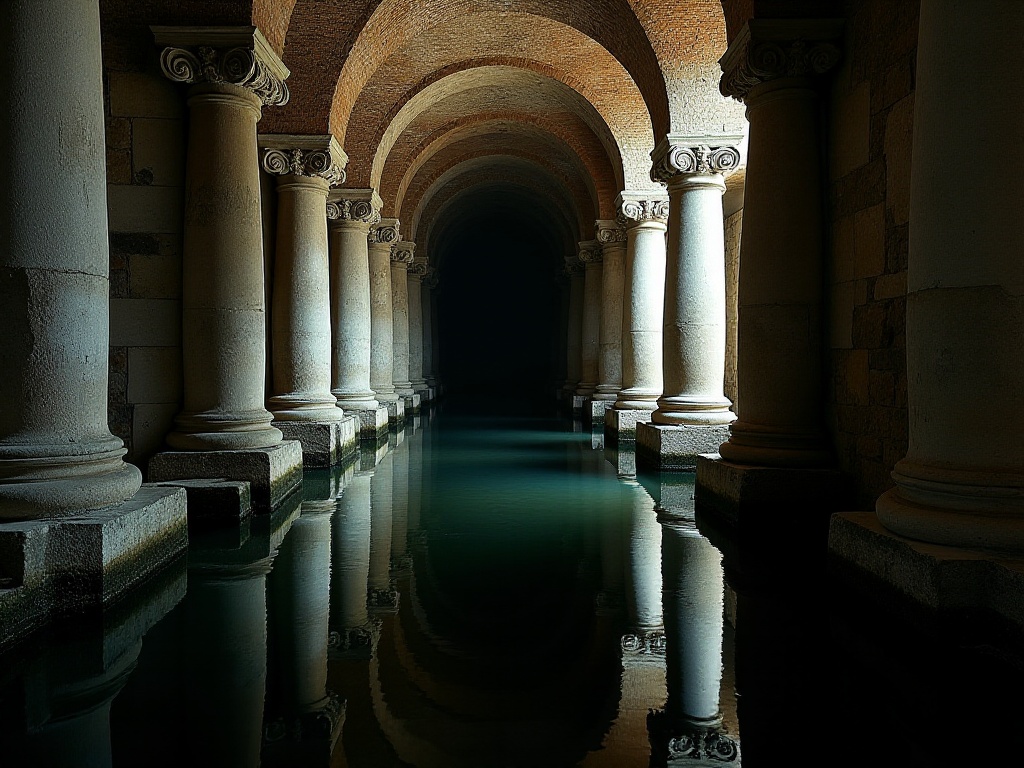First Encounter with the Port City
Did you know? On South America's west coast, there is a city called Valparaíso. It's like a colorful painting spread across the hillsides along the Pacific coast. This city is not only Chile's most important port but also a cultural city full of artistic atmosphere.
I first heard about Valparaíso in a travel blogger's video, and I was immediately captivated by the city's unique charm. As a frequent traveler in South America, I must say that Valparaíso left the deepest impression on me. This city seems to exist purely for photography.
From Santiago, it takes about two hours by long-distance bus to reach Valparaíso. Along the way, I watched Chile's rural landscape through the window, my heart full of anticipation. When the bus finally entered Valparaíso, the sight before me was breathtaking. The winding coastline, rolling hills, and those well-arranged colorful buildings created an intoxicating picture.
City of Colors
Walking through the streets of Valparaíso, the most striking features are the colorful houses built along the hillsides. Each building seems to have its own personality - some are bright yellow Spanish colonial-style buildings, some are indigo blue old warehouses, and others are pink boutique cafes. These buildings form a beautiful urban palette.
I remember when I first came here, it was a sunny afternoon. Standing at the hilltop overlooking the entire city, the layers of colorful houses glimmered in the sunlight, with the endless Pacific Ocean in the distance. Such scenery made me feel like I was inside an impressionist painting.
Following the local guide, I learned interesting stories behind these colorful houses. It's said that early sailors painted their houses different colors so they could recognize their homes from far out at sea. Another theory suggests that port workers used leftover ship paint to paint their houses. Regardless of which story is true, these vibrant colors have become Valparaíso's most distinctive characteristic.
I particularly enjoy walking through the Cerro Alegre and Cerro Concepción neighborhoods. Every house here is like a work of art - some with walls covered in wisteria, some with balconies full of colorful flowerpots, and others with vintage birdcages hanging from their windows. Sunlight filtering through the narrow streets adds a dreamy quality to these buildings.
In the evening, when the sunset's rays fall on these colorful buildings, the entire city seems to be coated in gold. I sat in a rooftop cafe, watching the sun slowly sink into the Pacific, the sky changing from golden to pink, and finally to deep blue. Such scenery makes time seem to slow down.
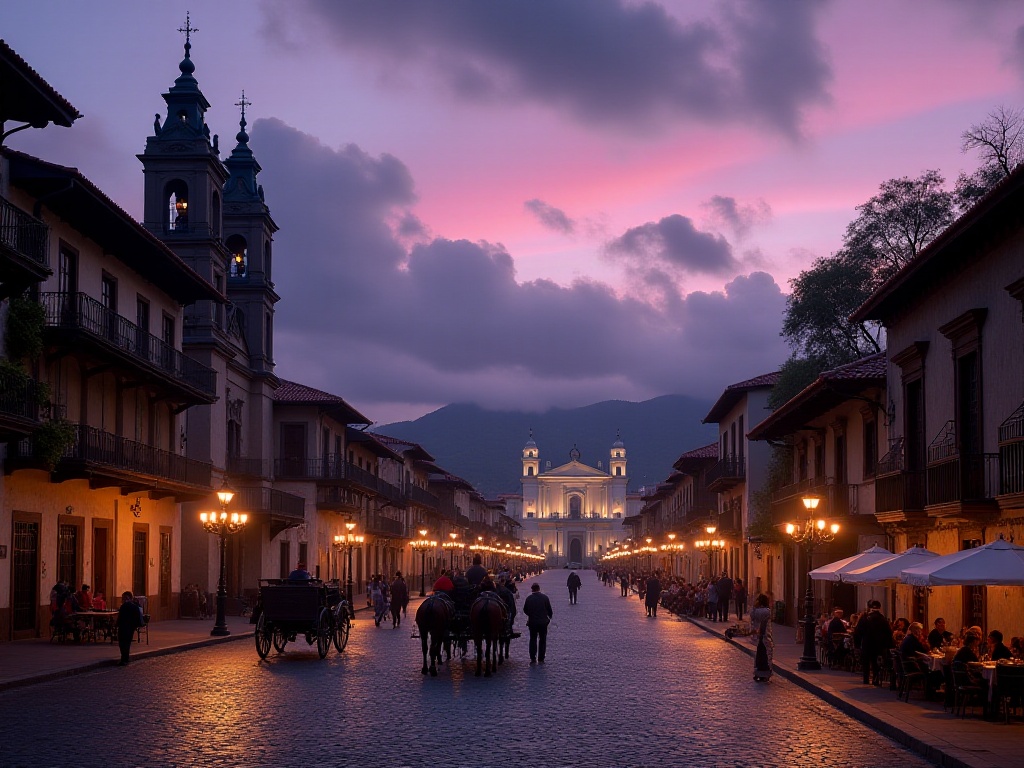
Cultural Imprints
Valparaíso is not just a beautiful port city, but also a cultural heritage site rich in history. In 2003, the city was listed as a UNESCO World Heritage site. Walking through its streets, you can feel the thick historical atmosphere.
The old public elevators are the best example. Due to the city's hillside construction, these century-old elevators became important transportation tools connecting the upper and lower parts of the city. They are not only practical transportation facilities but also unique cultural symbols of the city. Every time I ride these old elevators, I feel like I can hear time flowing backward.
Among these elevators, the most famous is Ascensor Concepción, built in 1883, one of Chile's oldest elevators. Sitting in the wooden cabin, listening to the mechanical sounds, you can see the entire harbor view through the window. This experience makes me feel like I've traveled back to late 19th century Valparaíso.
In the city's old quarter, ancient buildings tell the city's history. From the late 19th to early 20th century, Valparaíso was one of South America's most important ports. Merchants from around the world traded here, sailors from various countries docked here, forming a unique multicultural environment. The British built Victorian-style buildings, Germans established breweries, and Italians brought their food culture.
Walking through the old quarter's streets, you can see traces of these different cultures everywhere. Some buildings retain European classical styles, while others blend with local characteristics. I particularly enjoy visiting Palacio Baburizza, a palace built in 1916 that is now an art museum, its architectural style combining Art Nouveau movement with Croatian architectural features.
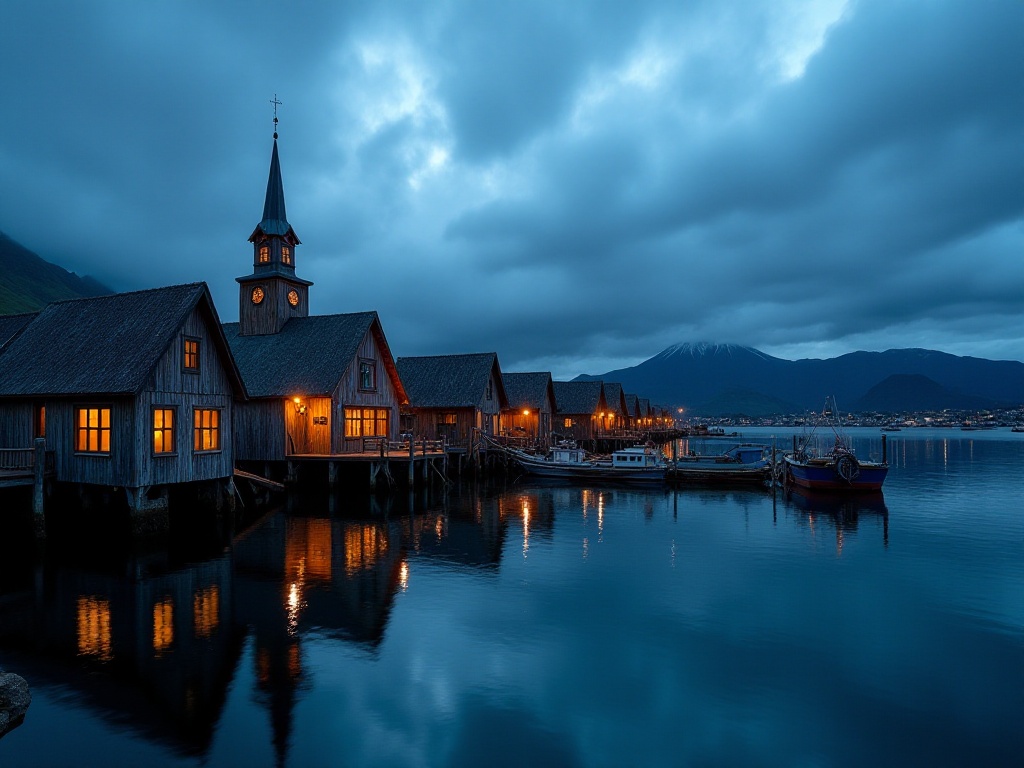
Artistic Paradise
Every wall in this city is an artist's canvas. Street art can be found everywhere in the alleys, some expressing social issues, others purely artistic creations. These murals make the entire city an open-air art museum.
Valparaíso's street art began in the 1970s, initially as a way for young people to express political demands. Over time, this art form gradually developed into an important part of urban culture. Now, artists from around the world come here to create, adding new colors to this city.
My favorite is the mural on Templeman Street. There's a series of murals hundreds of meters long, telling Chile's history and culture. Artists use vibrant colors and unique styles, perfectly combining abstract and concrete elements to create stunning visual effects.
In the Piano district, I met a local artist who was creating. He told me that in Valparaíso, street art is not just a form of expression but a way of life. Artists express their understanding of life, thoughts about society, and even hopes for the future through their works.
In the evening, I especially enjoy walking among these murals, watching the sunset's glow cast a golden light on these artworks. Every mural has a story behind it, and every corner might hold a surprise. Sometimes, I would stand in front of a mural for a long time, trying to understand the message the artist wanted to convey.
Besides street art, Valparaíso has many galleries and art studios. I visited several galleries in Cerro Alegre, where the works displayed combine traditional and modern, local and international elements. Some galleries regularly hold workshops, allowing visitors to experience art creation firsthand.
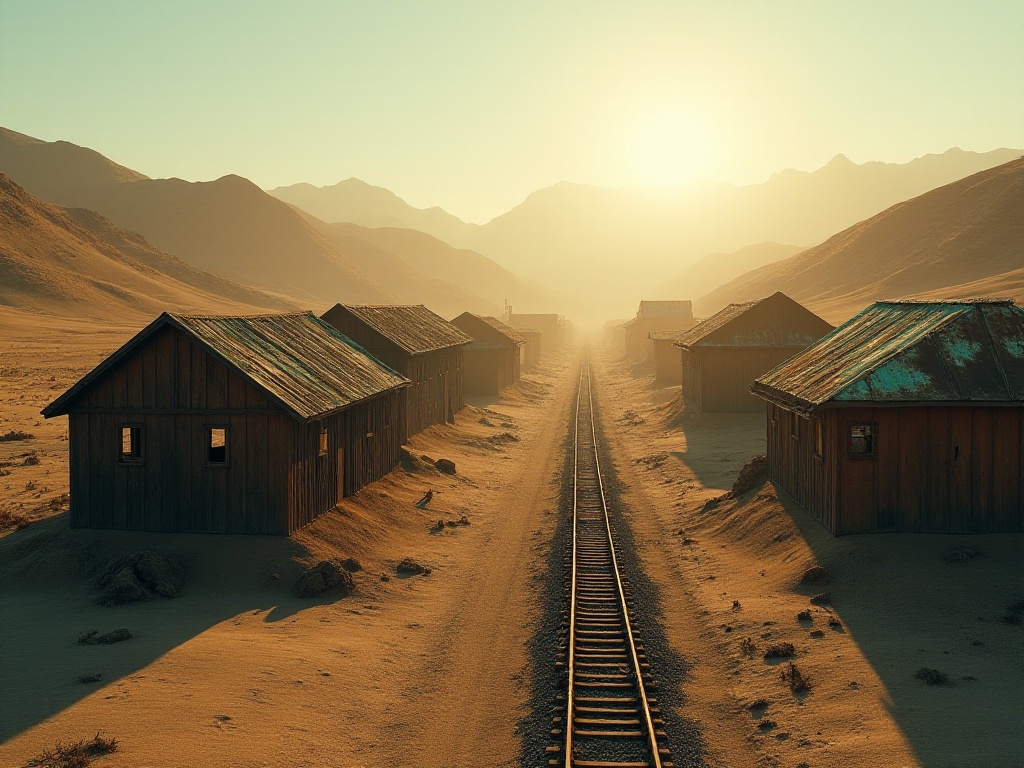
Culinary Exploration
Speaking of Valparaíso's cuisine, one must mention the seafood restaurants hidden in small alleys. As an important port city, the freshness of seafood here is naturally first-rate. My favorite is a small restaurant called "El Pimentón", where their grilled squid with local special sauce is simply irresistible.
The morning port market is the best place to experience local food culture. Fishermen bring fresh seafood to the market before dawn, including giant king crabs, fatty salmon, and various shellfish. Small restaurants in the market turn these fresh seafood into delicious dishes, with seafood soup and grilled fish being the most popular.
In Valparaíso, you can find many unique small restaurants. Some restaurants are built on cliff edges, where you can enjoy food while appreciating sea views. I especially recommend trying Chile's national food - empanadas. The empanadas here have rich fillings, including seafood, meat, and cheese, each with its unique flavor.
Chilean wine is also not to be missed. There are many bars in the old quarter serving wines from various Chilean regions. I love sitting in a seaside bar at sunset, ordering a local red wine, accompanied by some snacks, watching the sun slowly sink into the horizon.
Human Stories
In Valparaíso, what touches people's hearts most are the locals. They are hospitable and eager to share the city's stories. I met an old sailor who told me about the city's past glory: before the Panama Canal opened, this was the most important supply port on the Pacific route.
This old sailor, named Carlos, has worked at the port for over forty years. He told me many stories about the port, such as how early sailors navigated by stars, and how the port developed from a small fishing village into one of South America's most important ports. He said that although Valparaíso is not as busy as before, the city still maintains its unique charm.
In an old cafe, I met a local artist. She told me that Valparaíso attracts so many artists because the city itself is like a huge work of art. Every street, building, and corner here can inspire creativity.
I also met a couple running a boutique hotel. They were originally European backpackers who were deeply attracted by this city and eventually decided to settle here. They converted a century-old house into an artistic boutique hotel, providing unique accommodation experiences for tourists.
In Valparaíso, time seems to pass particularly slowly. People aren't caught up in the city's rhythm but enjoy a leisurely lifestyle. Having coffee in a cafe in the morning, walking by the sea in the afternoon, chatting with friends on the terrace in the evening - this is typical Valparaíso life.

Travel Tips
If you also want to come to Valparaíso to experience this city's charm, I suggest staying here for at least three days. Stay in a boutique hotel in the old quarter, wake up to seagull calls in the morning, and taste Chilean wine in a seaside pub in the evening - this is true Valparaíso living.
The best time to visit is during the Southern Hemisphere's spring and summer (September to March next year). The weather is clear during this period, very suitable for outdoor activities. However, even in winter, Valparaíso has its unique charm. The colorful houses appear particularly bright against the gloomy sky after rain.
For accommodation, I strongly recommend staying in the Cerro Alegre or Cerro Concepción areas. These areas not only have beautiful scenery but are also close to main attractions. Many old mansions have been converted into boutique hotels, maintaining historical building features while providing modern facilities.
Regarding transportation, besides the iconic elevators, Valparaíso has buses and taxis. However, I most recommend walking, as this is the only way to truly discover the city's charm. Walking through narrow streets, you'll occasionally encounter unexpected surprises.
For food, besides seafood restaurants, you must try local street food. Chorillana (a mixture of French fries, stir-fried meat, fried eggs, and onions) is one of Valparaíso's most distinctive snacks. Also, don't miss the local coffee culture - many cafes have over a century of history.
Regarding safety, although Valparaíso is generally safe, it's recommended not to walk alone in secluded streets at night. Pay extra attention when carrying valuables, especially in tourist-heavy areas.
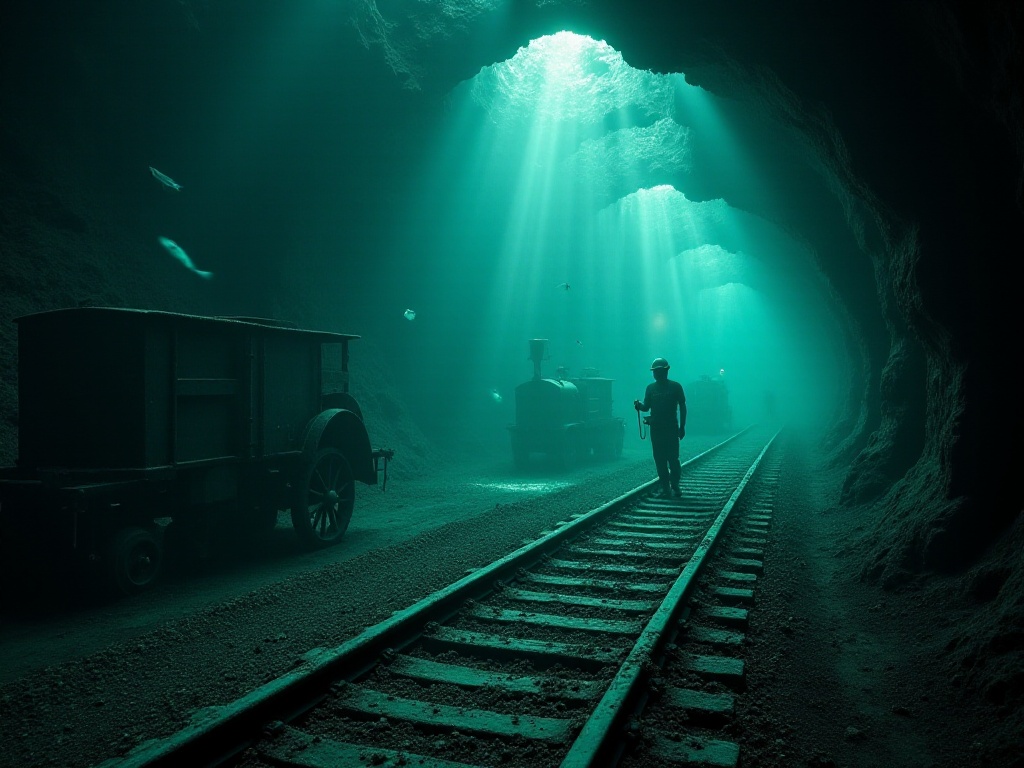
Final Thoughts
Every city has its own soul, and Valparaíso's soul is hidden in its colorful buildings, in the murals of its streets and alleys, in the clicking sounds of old elevators, and in every resident's friendly smile. This city teaches us that life itself is a work of art, and we are all artists.
Every day in Valparaíso is a new exploration. This city is like a book that can never be finished - each time you open it, you discover new stories. It made me understand that travel is not just about seeing attractions, but more importantly about feeling a place's culture and soul.
On the day I left Valparaíso, I stood at the port watching the sunset, my heart full of reluctance to leave. I know this city has been permanently imprinted in my memory. Its colors, its stories, its cultural atmosphere all deeply fascinate me.
Would you also like to come to this charming port city and experience its unique cultural charm? Welcome to share your thoughts in the comments.




